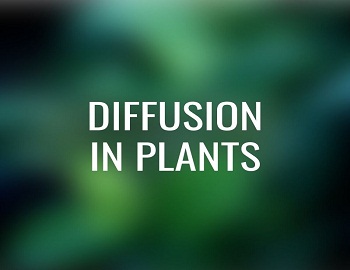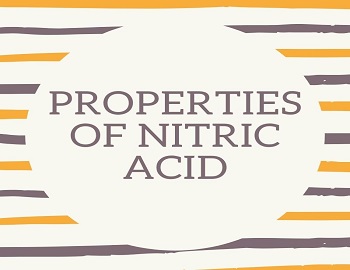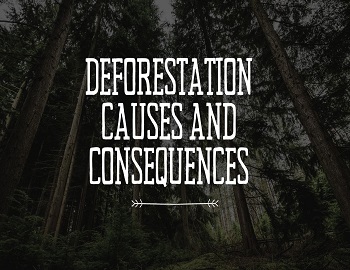Table of Contents
Diffusion in Plants:
Diffusion may be defined as the movement of molecules of a substance from the place of higher molecules of a substance or from the place of higher concentration to the region of lower concentration.
The exchange of gases like carbon dioxide and oxygen between aerial organs of a plant and atmosphere and also the movement of molecules of liquids, gases or solutes from a region of higher concentration to a region of low concentration until molecules are evenly distributed, takes place by diffusion.
Diffusion may also be defined as the movement of molecules from the region of their higher free energy to a region of lower free energy.
The free energy of a substance depends upon three factors, viz. temperature, pressure and number of molecules present per unit volume. It is also known as the chemical potential or kinetic energy of the substance. Thus the rate of diffusion of a substance is dependent upon its kinetic energy or chemical potential.
Importance of Diffusion in Plants:
(1) Exchange of gases through stomata takes place through the process of diffusion.
(2) Loss of water from the aerial parts of the plant i.e., transpiration involves the process of diffusion.
(3) During the passive intake of salts, the ions are absorbed by the simple process of diffusion.
(4) It also helps in the translocation of food material.
(5) Diffusion of volatile aromatic compounds from the flowers helps in attracting the pollinating agents.
What is Diffusion Pressure?
Diffusion pressure is the pressure exerted by the diffusing particles. It may be defined as the potential ability of a molecule or ion to diffuse from a region of its higher concentration to the region of its lower concentration. Diffusion pressure is directly proportional to the concentration of the diffusing particles in a system. Thus greater the concentration of diffusing particles, the greater is their diffusion pressure and vice-versa. The diffusion pressure of a pure solvent is always more than that of the same solvent in a solution.









Comments (No)